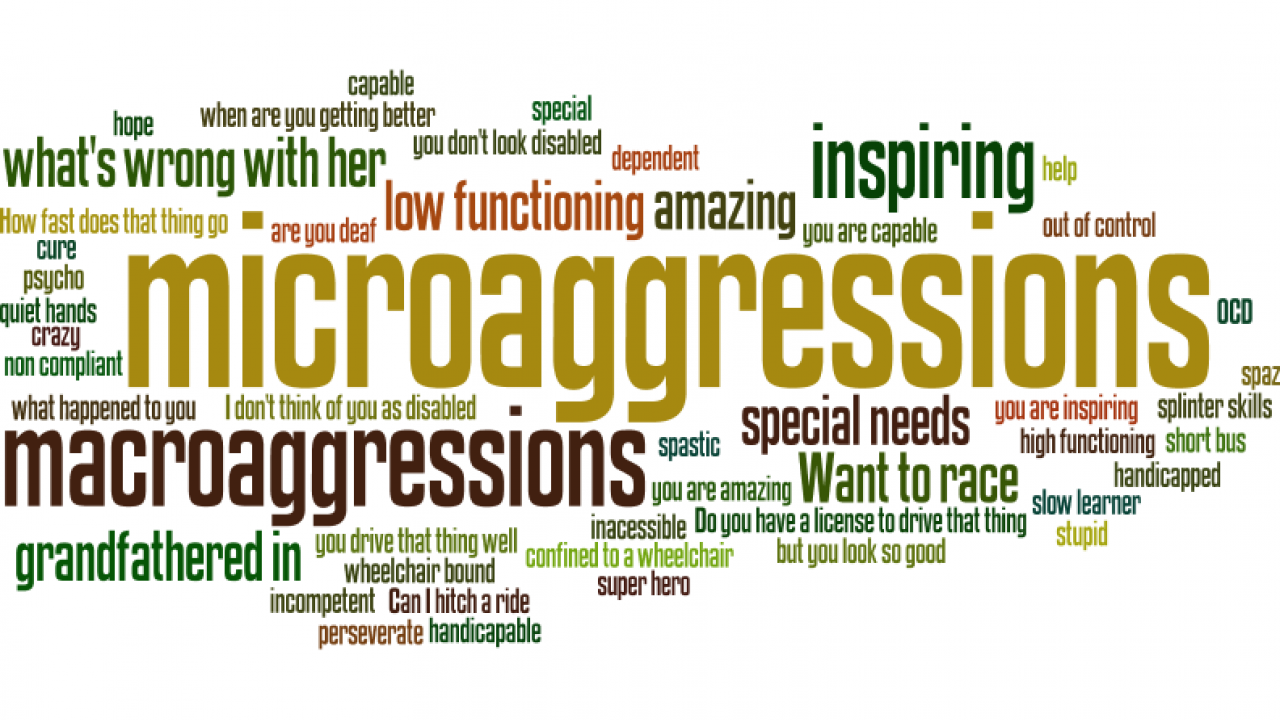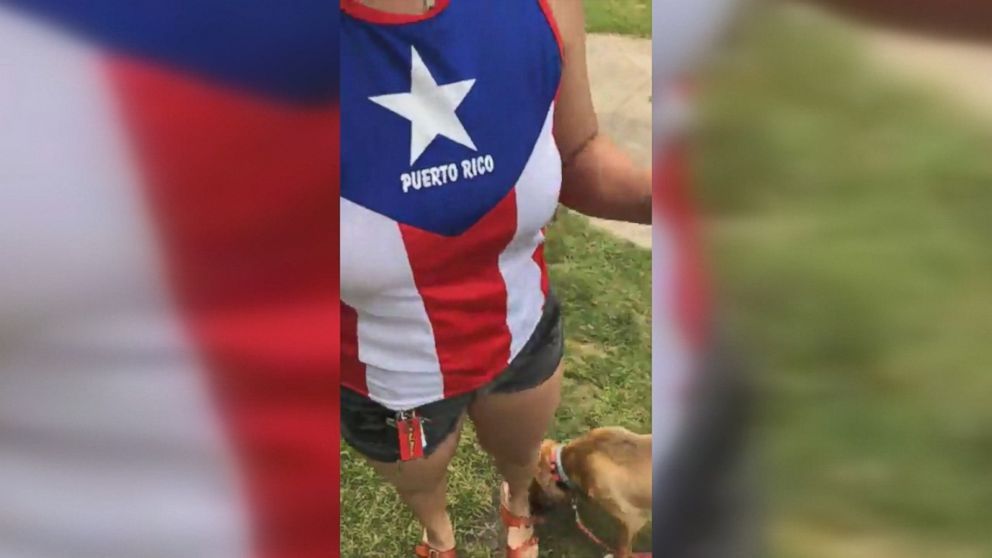
Microaggressions: Evidence of Barriers to Having It All – Individuality, Identity and Equality
Microaggressions: Evidence of Barriers to Having It All – Individuality, Identity and Equality
By Linda Bisson
Microaggressions are actions, statements, depictions or incidents that reinforce bias against members of a group based on a commonly-held stereotype of that group. Microaggressions are essentially reminders of stereotype and serve to distance the individual from the group, conferring “outsider” or “other” status. Microaggressions are subtle, often viewed as “backhanded compliments”, and can reinforce a legacy of prejudice against a specific identity. In short, microaggressions view an individual through the lens of a stereotype. Though subtle, the cumulative effect of microaggressions can lead to stress and engender feelings of exclusion or lack of belonging. One mosquito bite may not be incapacitating but thousands will be.

Statements such as “You’re really good at math for a girl” might be seen as complementary but serve to reinforce the individual as a stereotype – women are not good at math, you are female and therefore I am pleasantly surprised that you are good at math. Another way this reduction to a stereotype is manifest is in viewing someone as a spokesperson for their identity (i.e. stereotype) and asking things like “How do gays feel about this issue?” and consulting them only when you want the perspective of the stereotype. This disregards the value of their own individual thoughts and opinions. A person’s individuality is secondary to the stereotype of a group to which they are ascribed. Microaggressions can also manifest as questioning or undermining credentials, avoiding individuals, or devaluing work of an individual all because of assigned membership to a stereotyped group. For example, surprise that a Latino is the owner of a restaurant instead of a busboy, crossing the street to avoid walking by a black man, or disregarding the poetry of a tattooed woman.

Microaggressions are divided into three categories: microassaults, microinsults and microinvalidations (1). Microassaults are intended to be derogatory toward a group or group member and to emphasize their exclusion. A recent instance of a microassault is portrayed in the video circulating on social media of a man verbally harassing a woman in a park because she is wearing a shirt that depicts the Puerto Rican flag. His disbelief that Puerto Ricans are US citizens is an example of equating “brown” with “other”. Microinsults are subtler but still convey the same message that a group is viewed as a stereotype. Comments such as “You don’t talk like a black man” Or “You don’t act like an Asian woman” are examples of microinsults. Microinvalidations dismiss or negate the experiences of marginalized individuals by rejecting the existence of or any real effect of marginalization. Comments such as “I do not see race/color” or “You’re being too sensitive/be the bigger person” are dismissive of identity derogation. Microaggressions may be unrecognized as “stereotype snubs” by the speaker but are heard as such by the targeted individual. Treating all members of society as equal, regardless of assigned or assumed identity, will require reining in pervasive stereotyping. We will know we have achieved genuine equality and inclusion when microaggression becomes a rarity.
(1) - Sue, DE, Capodilupo, CM, Torino, GC, Bucceri, JM, Holder AMB, Nadal, KL, and Esquilin M, 2007, Racial microaggressions in everyday life. American Psychologist 62:271-286 doi: 10.1037/0003-066x.62.4.271
--------------
The Blog has an Editorial Board responsible for the quality of information and content development.
